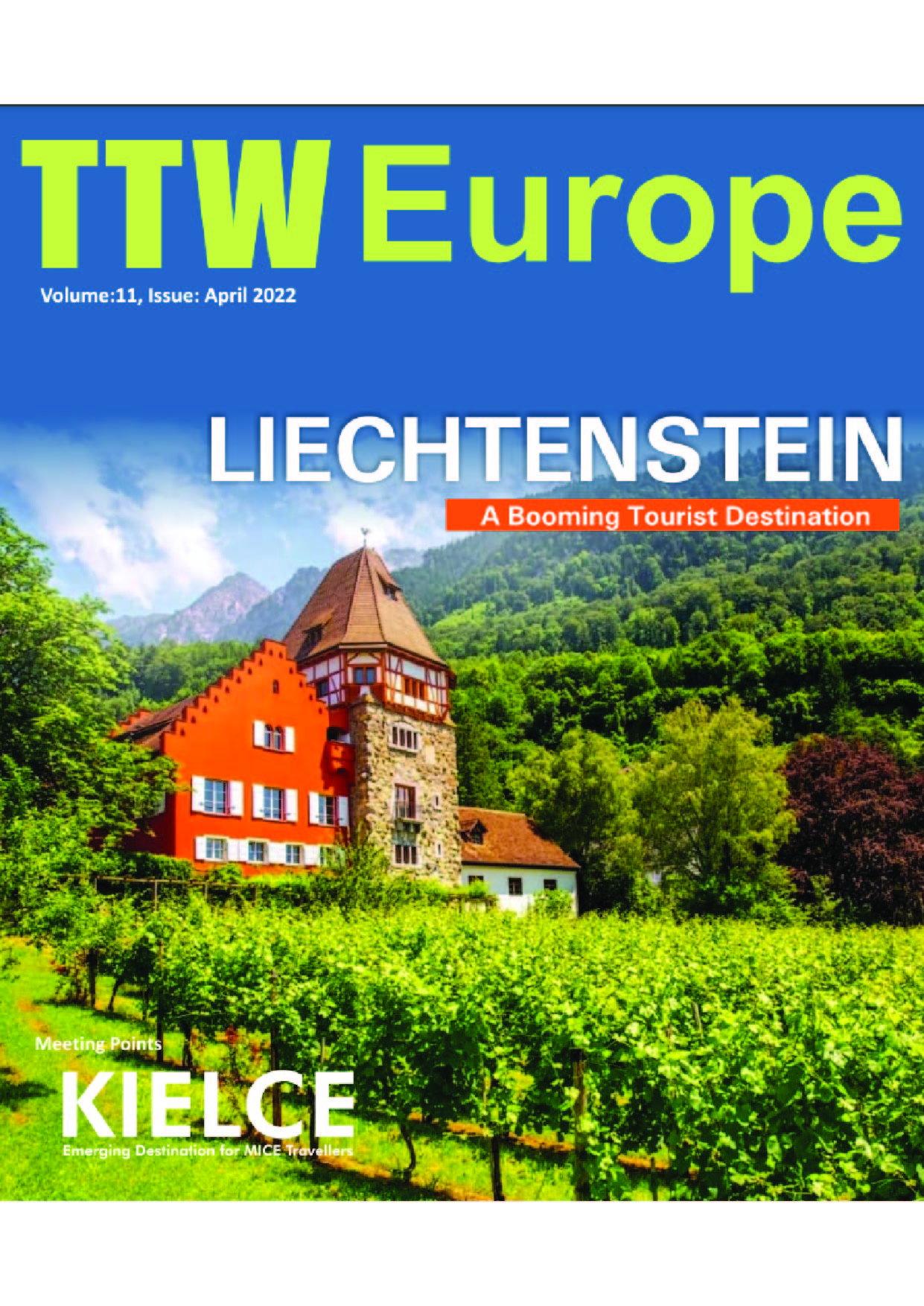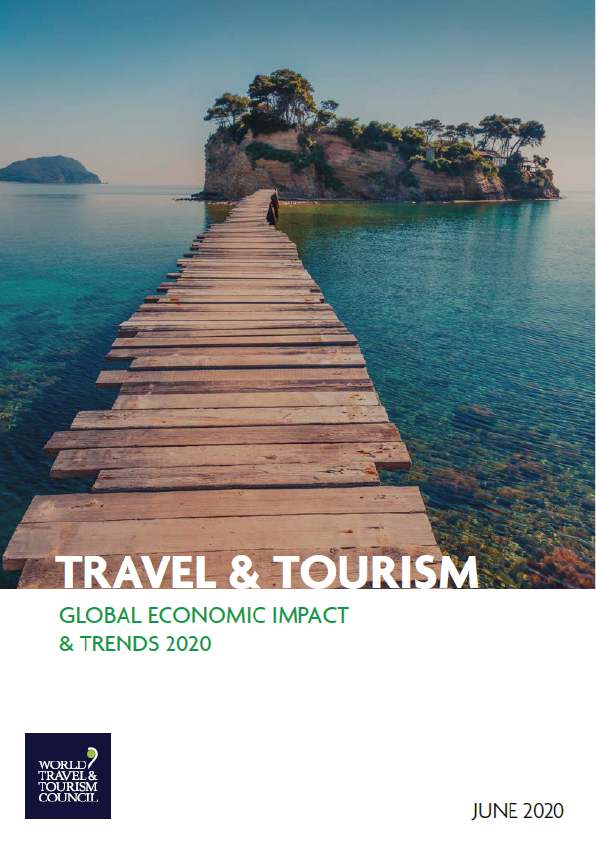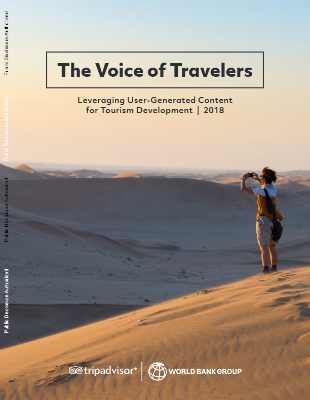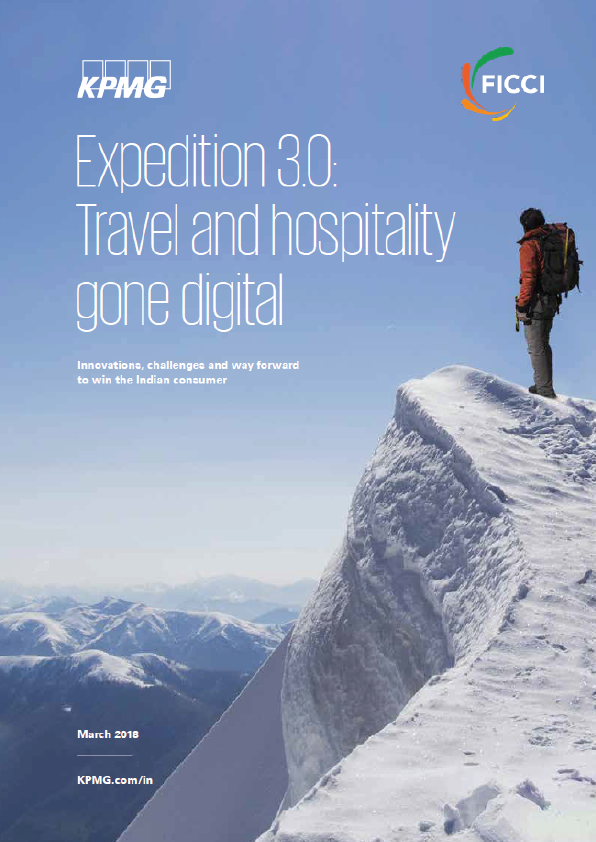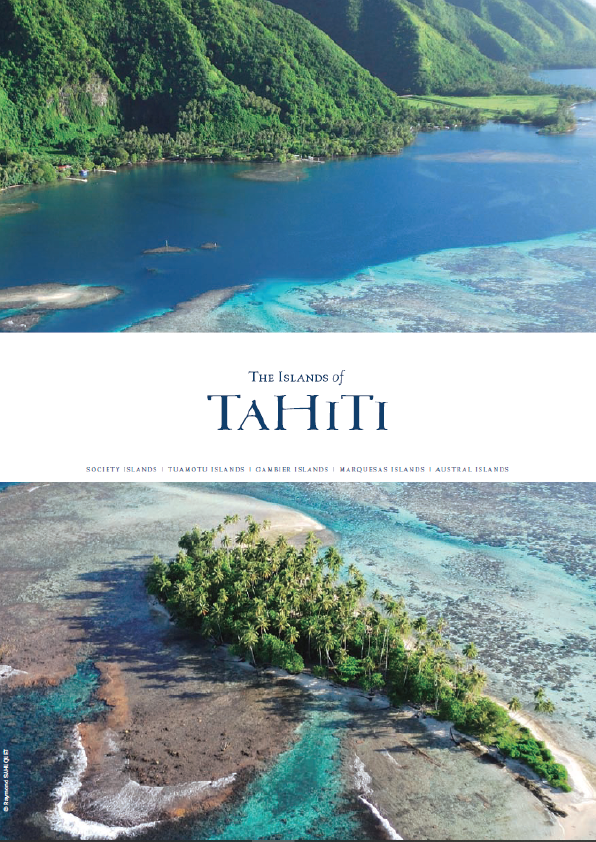In 2007, the World Wide Fund for Nature (WWF) launched the Heart of Borneo, an initiative that aimed to conserve 22 million hectares (54 million acres) in the transboundary area of Brunei, Indonesia and Malaysia. The agreement was signed between the three countries in February of that year. “HOB” conferences have been held on a regular basis since then and the WWF has commissioned consultants to produce several reports cataloging the biodiversity of the area, with a special focus on newly discovered species.
While the accord was heralded by the WWF and others as a key step in saving Borneo’s fast-disappearing forests, critics pointed out that the initiative “protected” some of the lowest-risk forests on the island. Only a small fraction of Borneo’s most endangered forests — the lowland rainforests of Sarawak in Malaysia and Kalimantan in Indonesia — were represented. And much of the heart of Borneo was already officially conserved in recognized protected areas like Batang Ai National Park, Lanjak Entimau Wildlife Sanctuary, Gunung Mulu National Park, Crocker Range National Park, Kinabalu National Park in Malaysia; Kayan Mentarang National Park, Betung Kerihun National Park, Bukit Baka Bukit Raya National Park, Danau Sentarum National Park in Indonesia; and Ulu Temburong National Park in Brunei. Critics said much more would need to be done to protect Borneo’s lowland forests.
The controversy around the Heart of Borneo aside, it was clear to everyone that it will take more than official protected areas to maintain productive ecosystems and the services these areas afford across Borneo. On this front, one of the biggest opportunities is the forest managed by indigenous peoples and local communities. These customary forests are some of the healthiest in Indonesian Borneo because communities have an interest in protecting the resource that sustains them. Yet many of these forests are classified as state land, meaning that the government can seize them and hand these areas over to be razed by logging, mining and plantation companies. And that’s exactly what’s happened over the past few decades.
However the situation is changing. In 2013, Indonesia’s Constitutional Court ruled that indigenous and local communities have the right to manage their customary forests and the government must recognize that right by officially demarcating these lands. That decision has huge implications — by one estimate, 30 percent of Indonesia’s forest estate, or 40 million hectares (99 million acres), could be affected — but the demarcation process has been slow and only a few communities have actually secured land rights to their customary forests.
For this leg of my trip to Indonesia’s West Kalimantan province, I would be visiting a community that is directly affected by this court decision. The Dayak Iban community of Sungai Utik has maintained a 6,000–hectare (14,800-acre) tract of mostly old-growth rainforest for generations, but has still not secured legal rights to the forest. In fact, in the 1970s the government granted a company a permit to log the forest. It was only the Sungai Utik community’s resistance that stopped the chainsaws.




